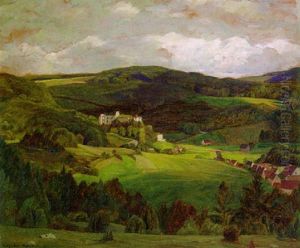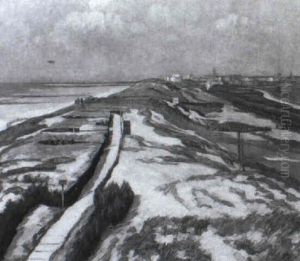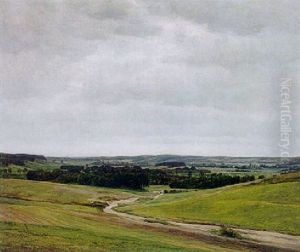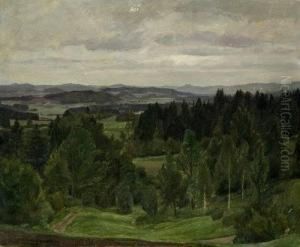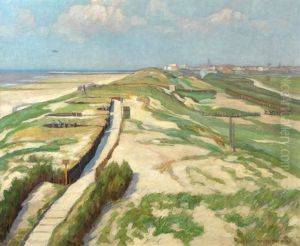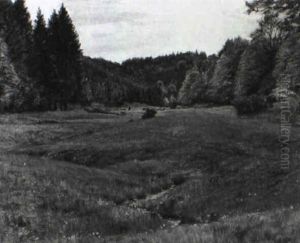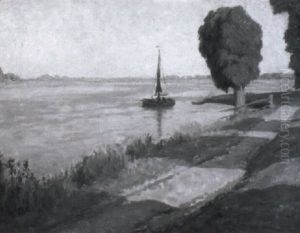Willy Ter Hell Paintings
Willy Ter Hell, born as Wilhelm Adolf Friedrich Hell in 1880 in Germany, was a notable figure in the world of art, particularly recognized for his contributions as a painter. His journey in the arts spanned several decades, during which he evolved a distinctive style that mirrored the changing tides of European art from the late 19th century through the mid-20th century. Ter Hell's early life was marked by a conventional upbringing, but he soon distinguished himself through his artistic talents, compelling him to pursue a career that would see him leave a lasting mark on the art world.
Educated in some of the most prestigious art schools of Germany, Ter Hell was deeply influenced by the movements of Impressionism and Post-Impressionism, which were dominant in the art scenes of Europe during his formative years. However, as his style matured, it also absorbed elements of Expressionism, reflecting the tumultuous social and political climates of early 20th-century Germany. His works, characterized by vivid colors, dynamic compositions, and sometimes haunting themes, captured the essence of an era marked by both innovation and upheaval.
Throughout his career, Ter Hell exhibited widely across Europe, gaining recognition and accolades for his contributions to modern art. His paintings often depicted urban life, landscapes, and portraits, showcasing his versatility and keen observation. Despite the challenges posed by the two World Wars, which impacted many artists of his time, Ter Hell continued to produce work that was both reflective of the times and deeply personal.
Willy Ter Hell's legacy is that of an artist who navigated the complexities of the modern world through his art, leaving behind a body of work that continues to be studied and admired. His death in 1956 marked the end of an era, but his influence persists, offering insights into the artistic movements and societal changes of early 20th-century Europe.
